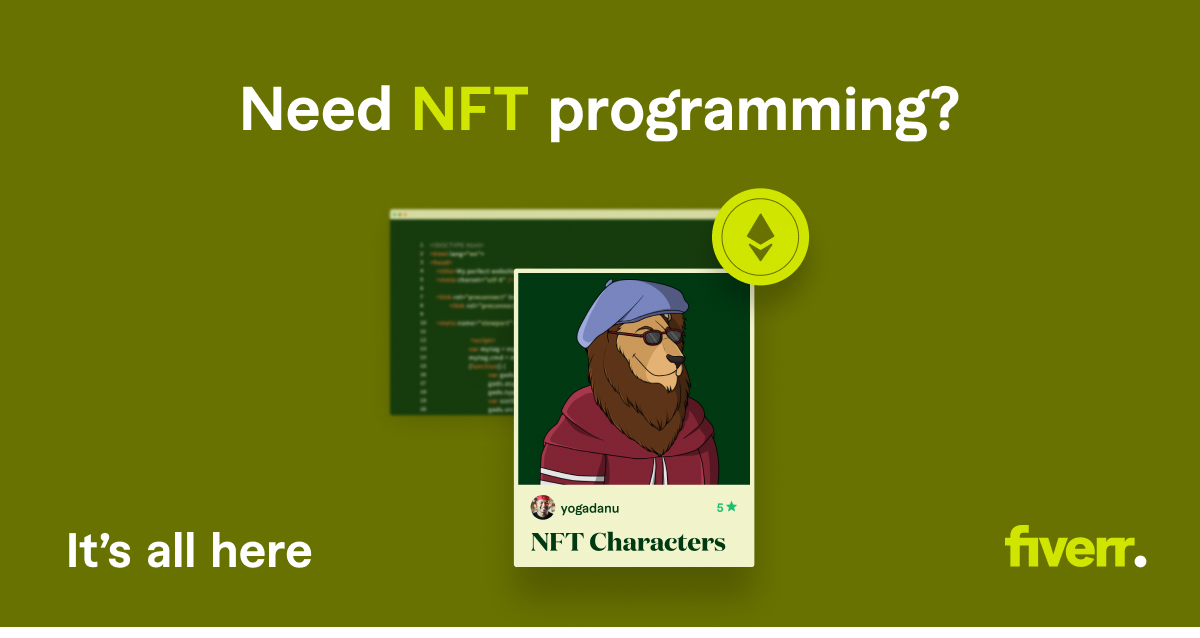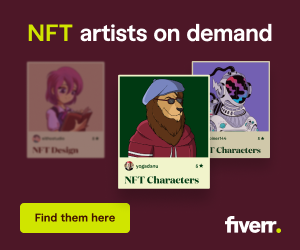Chapter 3
Tips on Starting a New and Successful YouTube Channel
Truth be told, there is no set formula for a successful YouTube channel. But there are a few
key ingredients that will make your chances of YouTube fame all the more likely.
YouTube megastars like Ryan Higa, Ray William Johnson, and Bethany Mota have amassed
billions of views simply through vlogging. This has almost certainly raked in seven figures
or more in revenue, while leading to untold opportunities outside of YouTube.
And then there are the channels that house much more substance, while still remaining
impressively popular. Take Creative Live, the Ask Gary Vee Show, and Big Think.
These channels may all be entirely different, but share the common factor of regularly
being watched by huge numbers of people. This is because they’ve stuck to at least some of
the key ingredients below.
• Making the Most of Metadata
Successful YouTube channels often need more than just engaging videos to become
popular. The metadata — title, description, keywords, and tags — are incredibly important,
too. It’s based in large part on this data (in combination with other things) that YouTube
ranks your videos in their search results. In other words, good metadata ensures your
videos are discoverable.
 Take Gary Vaynerchuk, for instance. His descriptions include timestamps that not only help
viewers navigate his videos, but are also full of relevant keywords. Links mentioned in the
video are posted in the description. There’s also a short explanation about what different
series’ of Gary’s videos are about, along with information on where you can find out more
about him.
Take Gary Vaynerchuk, for instance. His descriptions include timestamps that not only help
viewers navigate his videos, but are also full of relevant keywords. Links mentioned in the
video are posted in the description. There’s also a short explanation about what different
series’ of Gary’s videos are about, along with information on where you can find out more
about him.
When it comes to crafting your own metadata, use resources such as YouTube’s
autocomplete search bar, YouTube Trends, and Google Trends to find the best keywords
and tags to use. Include your most important link above the fold, as well as two sentences
to describe the content within the video.
Also make sure to describe what your channel is about, and let people know where else
they can follow you. Lastly, include a call to action (usually asking people to subscribe to
your channel).
If you’re so inclined, producing and publishing a transcript of your YouTube video is also a
sensible move.
• Carefully Craft Your Title
Your video titles should be short and snappy, offering a quick and intriguing insight into
the content of your video. Don’t forget to include your main keyword(s), too!
The best way to do this is to look at your title as if you’d never come across your brand
before. Would you click on it? If you’re not sure, change it. This often means moving any
personal branding within the title to the end, so the main keywords appear first. It also
means including episode numbers for serial content. And very importantly, be honest.
Don’t promise content that you don’t deliver on.
• Vary Your Content
Speaking of content, in very broad terms, there are two kinds of content you can produce
and publish on YouTube.
The first is “Pull Content”. This is generally evergreen content, with a wider, more viral
appeal. This pulls new people to your channel and convinces them to subscribe.
The second is “Push Content”, which you push to your subscribers because it’s what you
know they want to watch.
Your channel should be made up of a mixture of these two types of content. Take Jimmy
Fallon as an example. Fallon has a huge following, but a relatively small number of his
videos attract a disproportionate number of views. An obvious example is his video with
Obama, which 12 million people have watched (this always seems to happen when Obama
appears on YouTube). This content has a wider appeal than most of Fallon’s other content,
but has likely been responsible for a large number of his almost 10 million subscribers.
You should be looking to mix your content up like this, too. Not all of your content should
be too niche, because you need to reach new audience members who will look forward to
your push content.
• Video Thumbnails
If you’re aiming to create a popular YouTube channel, you’re going to need consistent
branding. This branding need to be recognizable for people who learn to love your content.
Plus, if your video thumbnails are instantly recognizable, it means you don’t need to waste
valuable real estate in your video title by including the name of your brand there as well.
The School of Life is a perfect case study here. They use the same, large font mixed with fun
imagery and bold colors for each thumbnail. This means that when one of their 650,000
subscribers is on a School of Life binge, they can easily recognize more School of Life videos
from the suggested videos sidebar. Naturally this leads to more views, and means they
don’t need to write “School of Life” in every video title.
• Keep Things Consistent
To take things further than simply consistent branding, your content should be consistent,
too. People will only subscribe to your channel if they know what it is they’re looking
forward to.
If your audience loves your rants, publish a rant on the same day every week. If it turns out
a certain structure for your videos was well received, make that your normal structure. If
you’re answering audience questions, make sure it’s a regular show.
Ryan Higa’s 16 million subscribers know that he’ll have one video uploaded for them each
week. This keeps people looking forward to that next episode, knowing that they won’t
have too long to wait. You could even use a tool like Wips to create a chrome extension to
alert users when you publish your next video.
• Create An Effective End Card
YouTube allows you to add an end card (sometimes called an end slate) to the end of each
of your videos, so make the most of it. Many You Tubers don’t use this feature at all. Others
simply use it to display their logo. This is a waste.
You should be setting up an interactive end card that not only prompts people to subscribe
to your channel, but also cross promotes your other videos. When you do this, at the end of
your videos people will be able to see a couple of your other titles. Even if they don’t want
to watch them now, they may think “this channel has some cool stuff!”, and subscribe so
they can watch later.
Again, check out Jimmy Fallon’s end cards to see some fantastic examples.
• Engage, Engage, Engage
When people are giving you their attention, especially when they go to the effort of
commenting on your videos, the least you can do is base. How YouTube is a social network.
Even if you don't run a channel, YouTube can be useful for interacting with the community.
After all, when people feel they have access to the person behind the brand, their loyalty
rockets. This isn’t implying that you have to reply to every comment, but at least wade in
occasionally to let people know you actually pay attention to what they think. Though by all
means, ignore the YouTube trolls.
 To bring Gary Vaynerchuk back, this is someone who’s engaged with his audience
hundreds of thousands of times. He responds to a huge portion of the tweets he receives,
and reads virtually every comment on YouTube, while replying to many of those that arrive
first. If he can do it, so can you.
To bring Gary Vaynerchuk back, this is someone who’s engaged with his audience
hundreds of thousands of times. He responds to a huge portion of the tweets he receives,
and reads virtually every comment on YouTube, while replying to many of those that arrive
first. If he can do it, so can you.
• Involve Your Audience
Allow your audience to become part of your channel. You can do this in various ways, from
reading out comments, to asking them#QOTD (question of the day).
Photographer Chase Jarvis occasionally publishes videos like these (above), where he
asks people to submit their photos so he can offer a professional critique. This is a perfect
way to enable your audience to have a real stake in your channel, allowing them to direct
the content, if even in a small way.
If you want more ideas, read about various ways you can involve an audience during a
presentation. Many of these apply to publishing YouTube videos, too.
• Collaborate With Other YouTubers
If you have a fairly popular YouTube channel already, chances are that another YouTuber
with a similar audience will be happy to collaborate with you.
By producing a video with other collaborators mean their audiences will get to know you,
and vice versa.
If you want to keep things simple, you could just give a shout-out to a channel you
recommend, and ask another channel to do the same for you. This is a simple and effective
way of gaining new subscribers and views on your videos.
• Integrate your channel in your website and social
You have a website and now a YouTube channel. Great! Now it’s time to share your videos
outside of YouTube and your website should be their first stop. Here are a couple of ways
to showcase your videos on your website.
• Front and center: Your videos take time and effort to create, so why not show
them off? You can add your YouTube video to the home page on your website so
it’s one of the first things that a visitor will see!
• Blog all about it: If you have a blog on your website, then your YouTube videos
have a home away from home now. You can embed them right into new blog
posts and even tell your website subscribers by sending a newsletter!
• Add a YouTube Playlist
• Sync your website with your YouTube Channel or Playlist:
• Go Social:
Take pride in your work and share your content on your business
social networks. The more you share, the more exposure, and that’s what this
is all about. Share it everywhere!
• Think about investing in YouTube ads
If you’re looking to target a specific age group, gender, interest, or location, YouTube
Advertising can help you do it all.
It’s not imperative that you use YouTube ads, but it could very well be a suitable offering
for your channel.
Just remember that with the right combination of content and
engagement, much of your growth will be organic. YouTube ads can just be the icing on the
cake.
• Analyze, optimize, repeat
Even the best can do better. Once you have a foothold on your channel, it’s time to get a
bird’s-eye view of how it’s performing.
YouTube Analytics will help you along the way and
will guide you in the direction of how you may want to optimize your videos for the future.
Analytics will allow you to get insight on the people who are watching your videos, which
allows you to hone into your target demographic even further. It’ll also give you a better
idea as to why one video may have performed better than another. It’s a powerful tool for
your budding channel.
Conclusion
These ingredients to a successful YouTube channel are nothing unless you implement at
least some of them. No one ever said becoming YouTube famous was easy, but by following
some of the commonalities that many successful channels share, you’ll have a much greater
chance of succeeding, too.